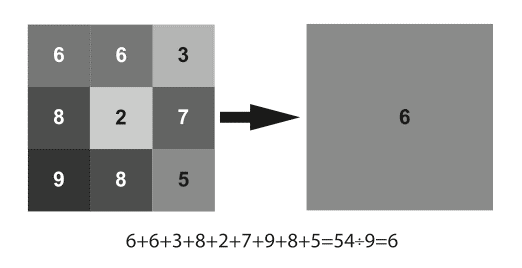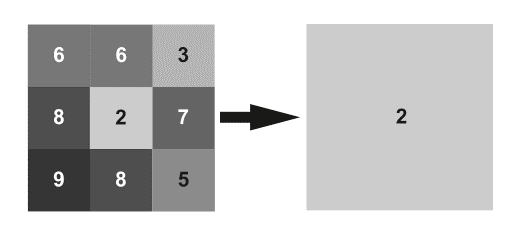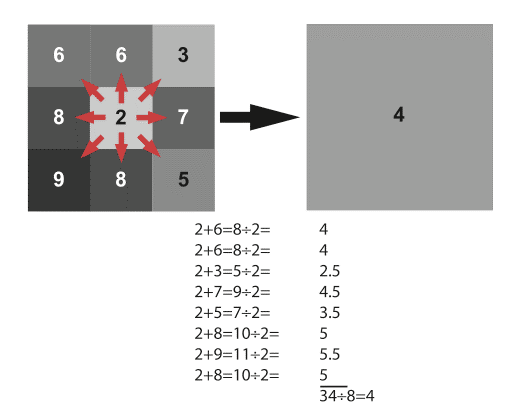- March 3, 2020
- Guillermo Gonzalez, Solutions Consultant

Sometimes, you may create or receive a PDF file that’s too large to email. If you’re facing this issue, PhantomPDF gives you 3 options for reducing the file size: Reduce File Size, Advanced Optimization, and Optimize Scanned PDF.
Reduce File Size uses default settings applicable to most documents, and focuses mostly on removing redundant and useless information. If you need finer control over what information is removed and downscaled, you can use PDF Optimizer. Optimize Scanned PDF is a good option for focusing on large scanned images.
Use PDF Optimizer to control what gets reduced
PDF Optimizer allows you to further optimize your PDF file by deciding exactly what steps you want to take to reduce the file size.
Which elements can you optimize?
Fonts
since PDF software embeds fonts into the file, anyone on any computer or device with a PDF reader can view your file with the fonts you specified. Unfortunately, adding fonts to the file make it larger. PDF Optimizer allows you to select which fonts you wish to unembed, leaving out those that aren’t used or that your file recipients already have on their computer.
Images
Images can add a large amount to a PDF’s size. You can find out quickly if this is an issue in your file by checking the option “Optimize images only if there is a reduction in size.” If you set this option, the images won’t be optimized unless it will help reduce the file size. If file size will be reduced, however, you can choose what to do to both color/grayscale and monochrome images. Color images are generally the largest, so you can get the most out of optimizing them. You can compress your images to make them smaller by choosing from these options:
Downsampling
averages pixels within a sample area. The average pixel value is then assigned to the entire pixel area.Subsampling
chooses the center pixel value within a sample area, then assigns it to the entire sample area. It’s the fastest of the three methods but gives you the lowest quality. Use it for things like charts.Bicubic Downsampling
uses a weighted average within a given area to determine pixel value. With this type of downsampling, all pixels are compared and averaged to the center pixel. The new pixel is an average of these neighboring pixels. It takes the longest to process but yields the best results.
Choose the downsampling method you want from the options or choose the Off item to turn off the option.
What “discard objects” really means
Every PDF document is made up of PDF objects such as images, text boxes, forms, and vector objects. Not surprisingly, those objects are created from data that adds to file size. In the Advanced Optimization feature, you can choose which categories of objects to be removed from the file, or in the case of form fields, you can “flatten” them – their appearance won’t change, but you won’t be able to fill them out or otherwise interact with them. You can also choose to discard JavaScript and invisible PDF features such as tags, search indexes, bookmarks, and the like.
What clean up does
The cleanup settings help to optimize the document by removing any invalid links or invalid bookmarks – any bookmark doesn’t take you anywhere, or a link doesn’t do anything. This probably won’t have a large impact on file size, but every little bit helps.
Using PDF software to create documents provides you with ways to ensure you give people the ability to read, share and work with the finished document. And that’s the goal, after all. So, if file size is stopping you from sharing your PDF file, now you’ve got ways to keep things moving.



Please also explain the difference between compression using JPEG, JPEG2000 and ZIP.
Also:
Which yields better quality?
Which yields smaller file size?
Hi Peter, thank you for your comment and your suggestion. In the meantime, here are two blog articles from our Archive that might be helpful to you:
https://www.foxit.com/blog/why-you-should-use-jpeg-2000-for-archiving-pdf/
https://www.foxit.com/blog/jpeg-2000-the-often-overlooked-choice-for-archiving-pdf/
I forgot to mention that I thought your explanations of Down-sampling, Sub-sampling, and Bi-cubic Down-sampling was REALLY GOOD. Thank you!
Thank you, Peter!